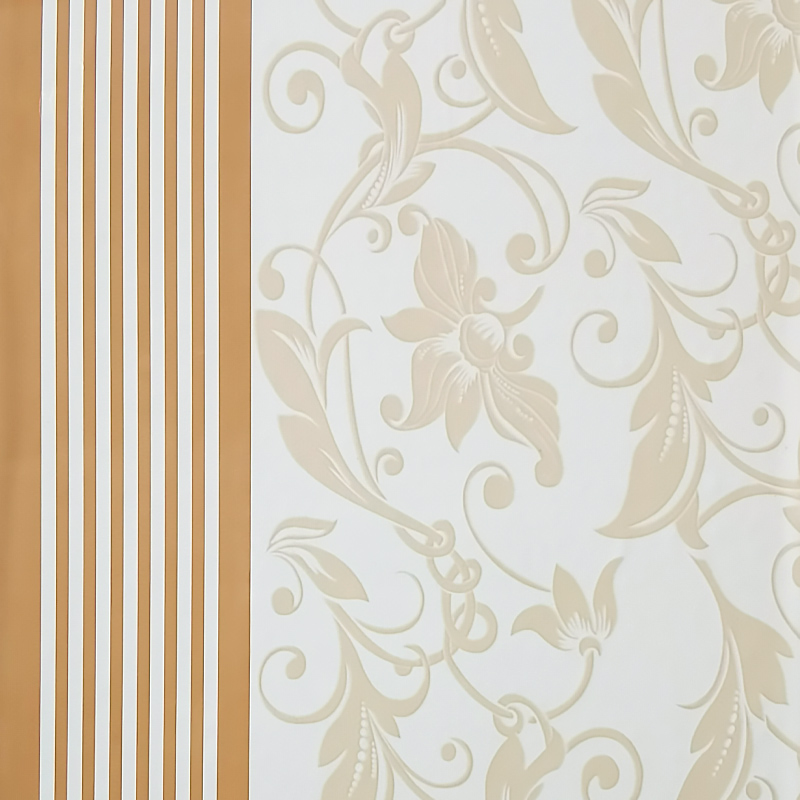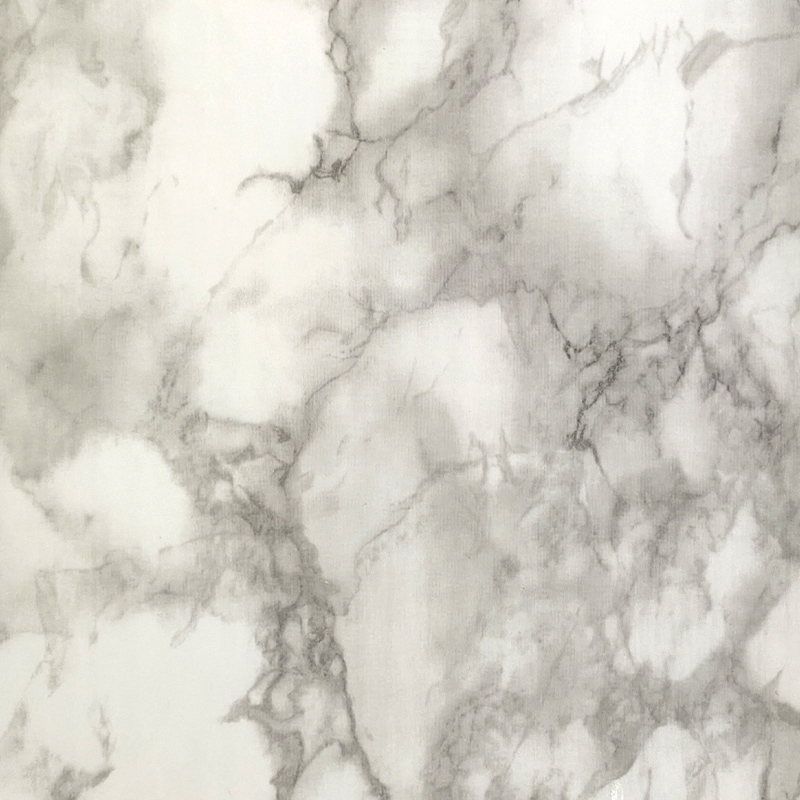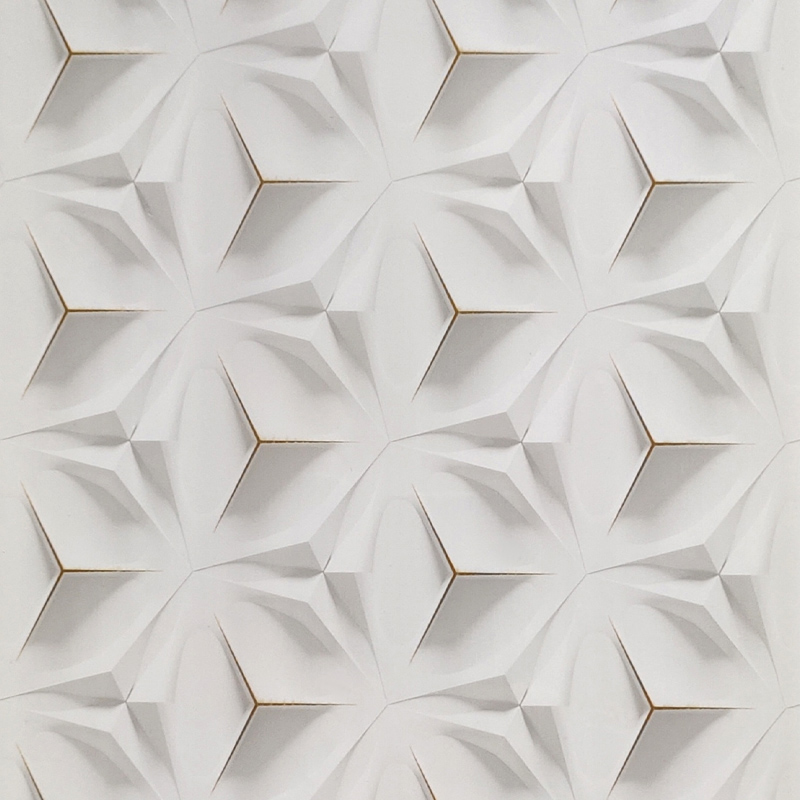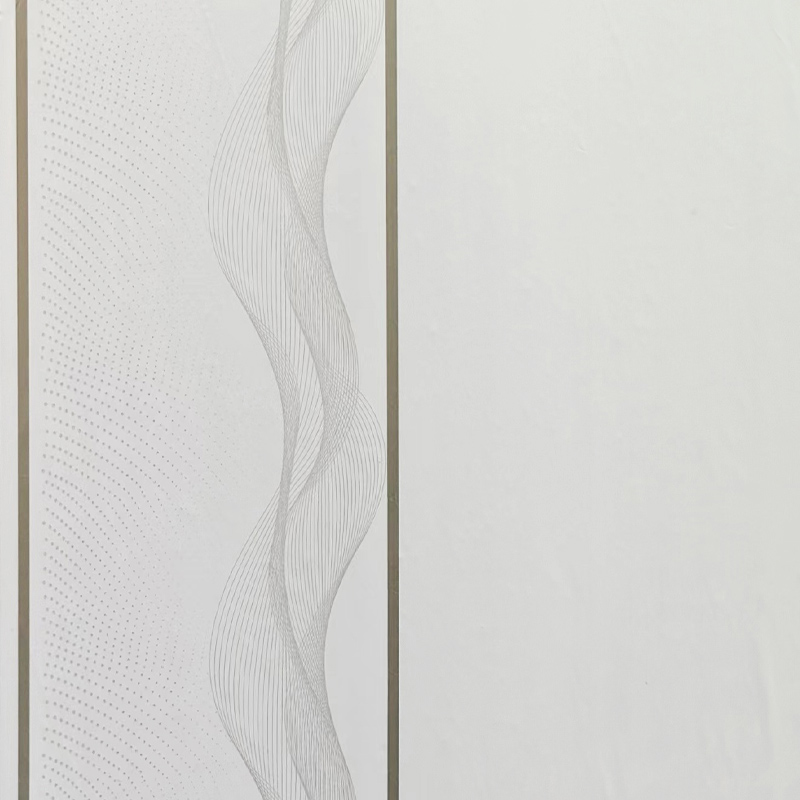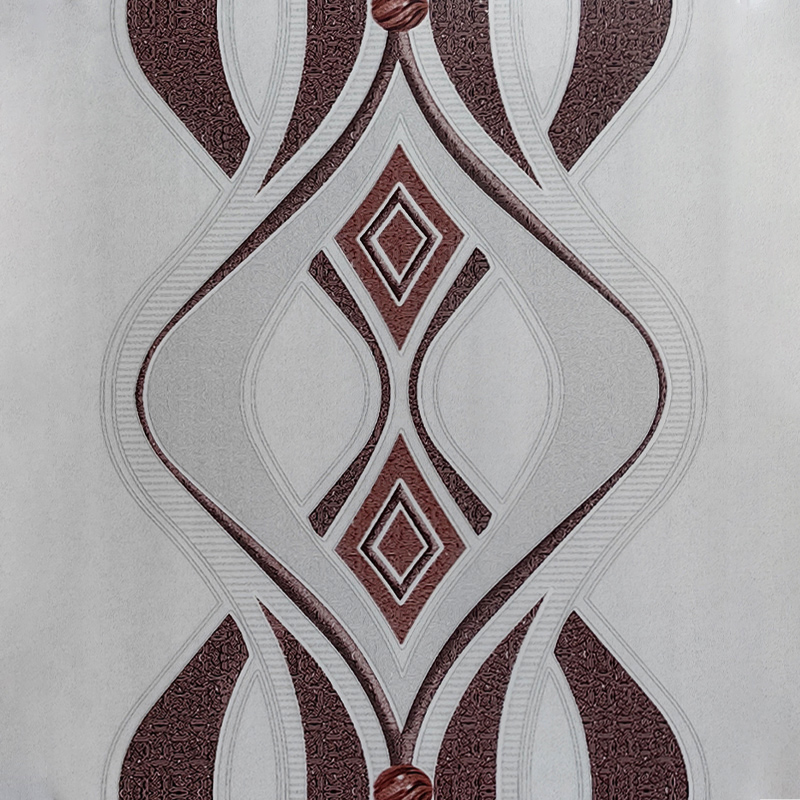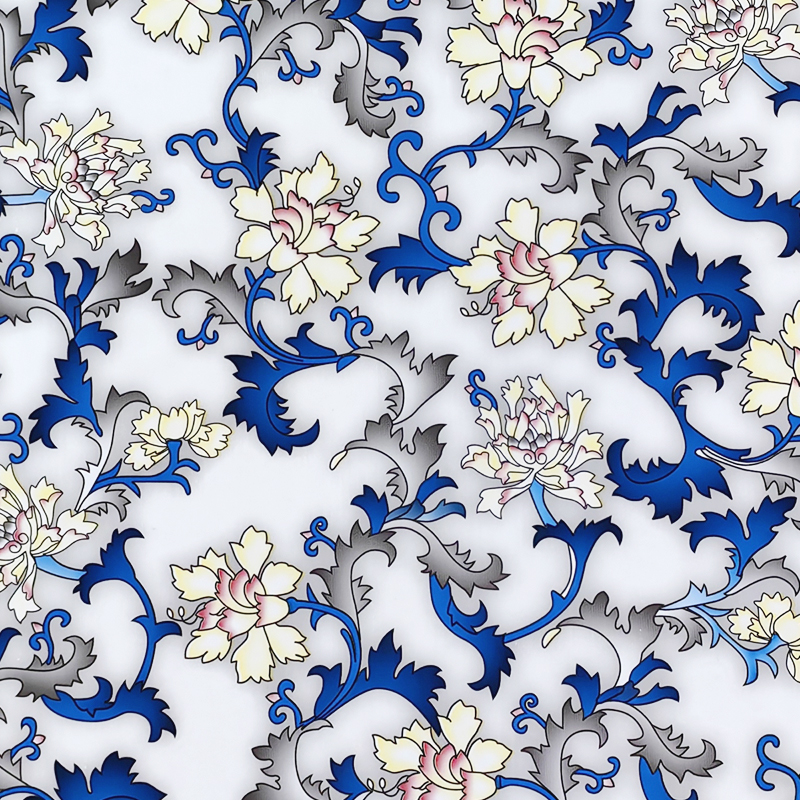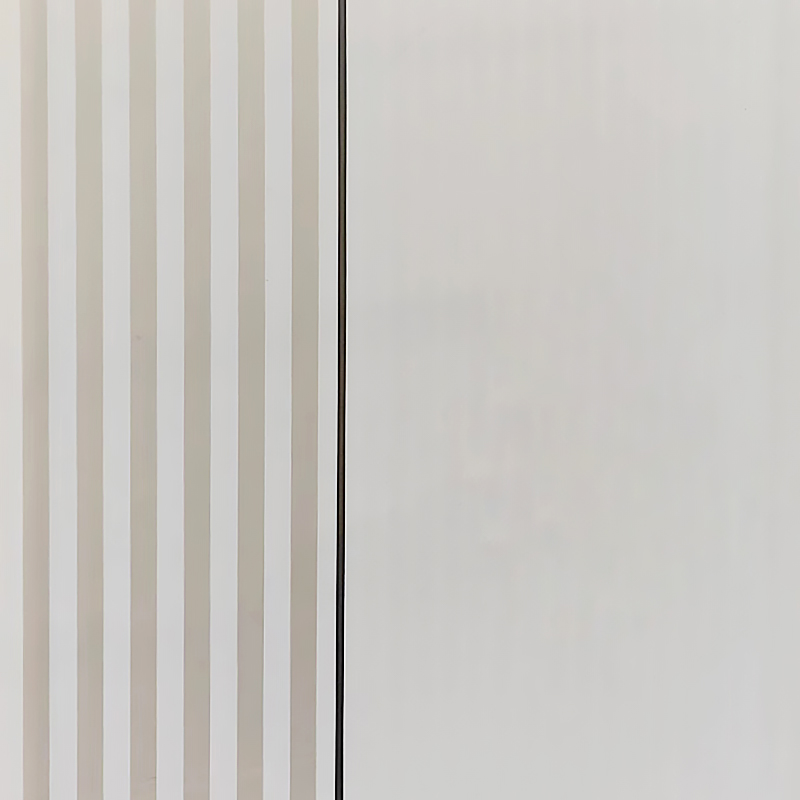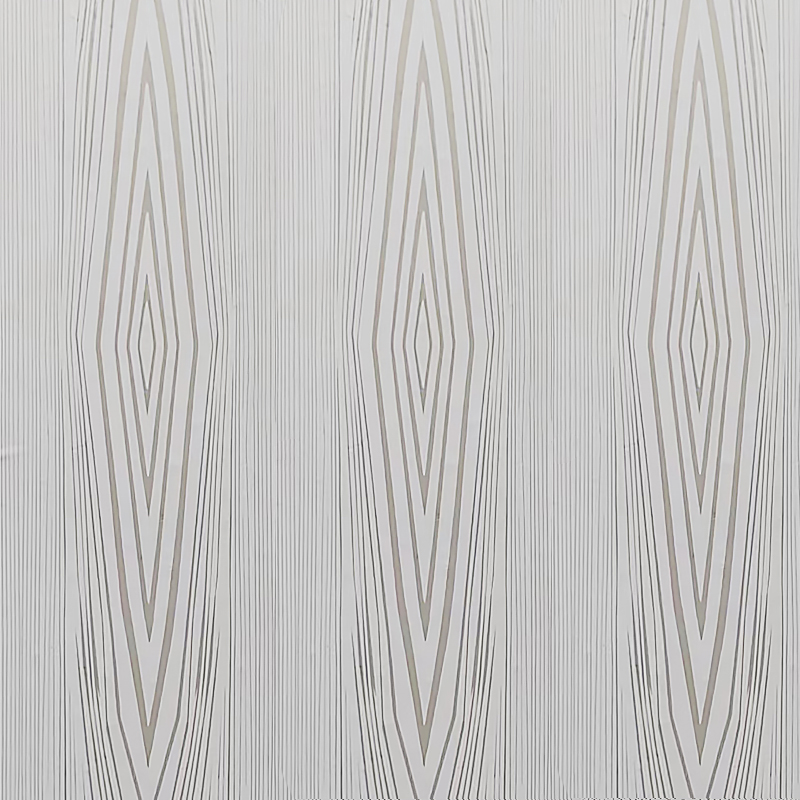How Strong or Tear-Resistant Is Polypropylene Foil?
When evaluating materials for packaging, durability and resilience are paramount. Among the many synthetic contenders in the industry, polypropylene foil stands out—not just for its versatility, but for its impressive mechanical properties, particularly its resistance to tearing under stress.
Polypropylene, a thermoplastic polymer, is inherently tough. When formed into a foil or film, it exhibits a high tensile strength, making it suitable for applications where longevity and structural integrity matter. But how does it truly perform when subjected to forces that typically cause other materials to fail?
The tear resistance of polypropylene foil is not uniform across all gauges or manufacturing processes. However, in general terms, this material demonstrates a commendable ability to withstand punctures and resist propagation once a cut or nick is introduced. This characteristic is especially valuable in environments where sharp edges or rough handling are common—such as in industrial packaging, agricultural covering, or heavy-duty labeling.
What sets polypropylene apart from alternatives like polyethylene or PVC is its unique balance of rigidity and flexibility. It can endure repeated bending or folding without cracking—a trait often tested in packaging lines where creasing and sealing are routine. Moreover, its molecular structure allows for energy absorption during deformation, which directly contributes to its tear-resistant nature.
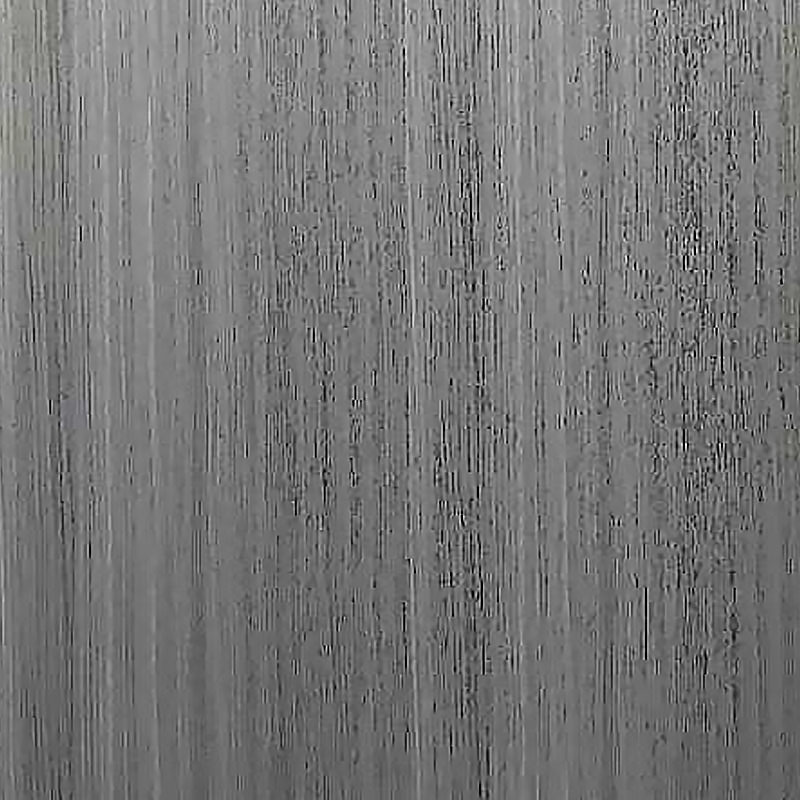
That said, no material is impervious. The performance of polypropylene foil depends on thickness, orientation (biaxially oriented polypropylene, or BOPP, being more robust), and environmental conditions such as temperature and UV exposure. In low-temperature settings, for instance, the foil may become brittle, slightly reducing its impact resistance.
In real-world testing, polypropylene foil has proven effective in maintaining package integrity during transit, resisting damage from stacking pressures and incidental abrasions. Its tear strength, often measured in grams per mil (g/mil) using Elmendorf testers, places it favorably among commodity films, especially when cost-efficiency is factored into the equation.
For industries prioritizing both protection and presentation, polypropylene foil offers a compelling combination: clarity for visual appeal, chemical resistance for long-term stability, and yes—tear resistance substantial enough to guard against premature failure.
While not indestructible, polypropylene foil delivers a robust defense against tearing in most practical applications. Whether used for food packaging, medical wrapping, or industrial lamination, its performance reflects a thoughtful blend of engineering precision and material science innovation.


 English
English русский
русский Español
Español عربى
عربى bahasa Indonesia
bahasa Indonesia
